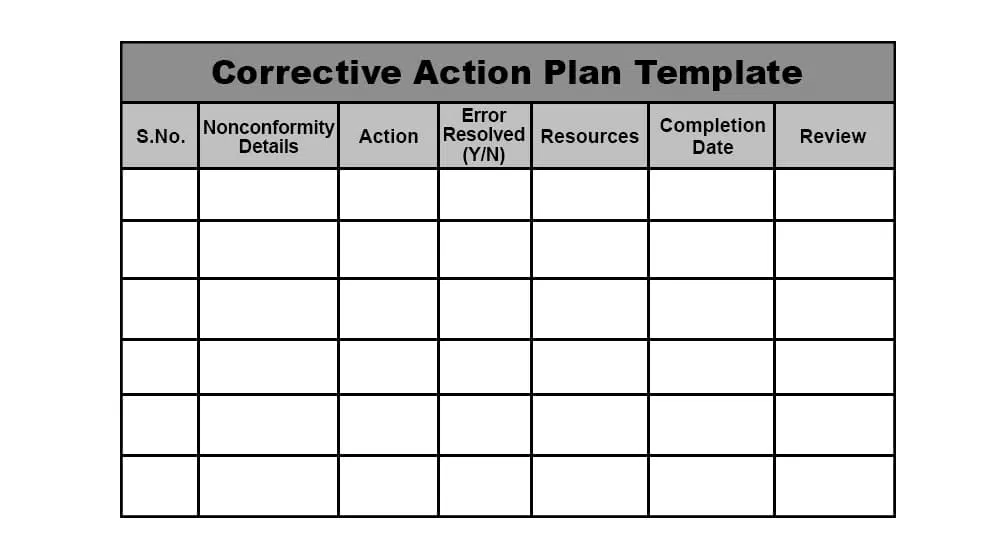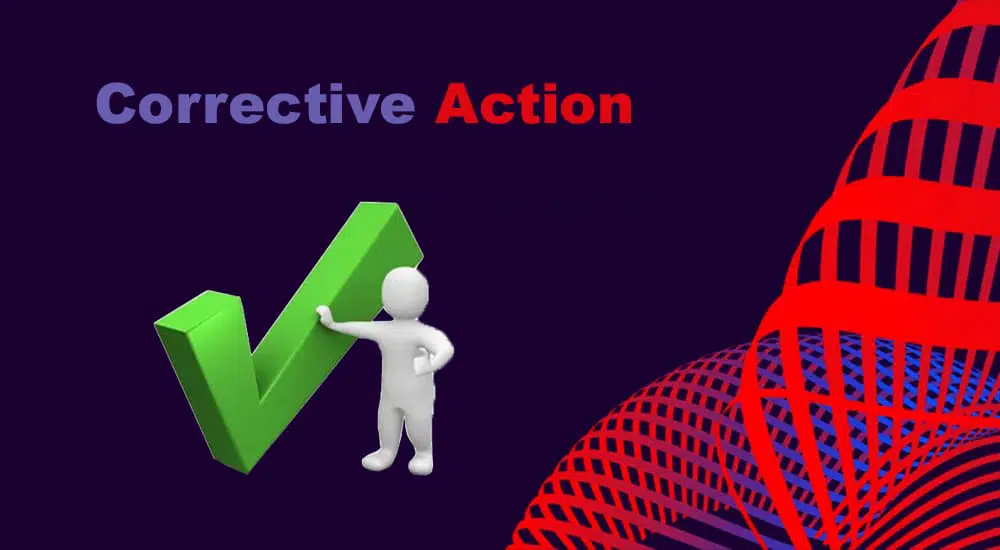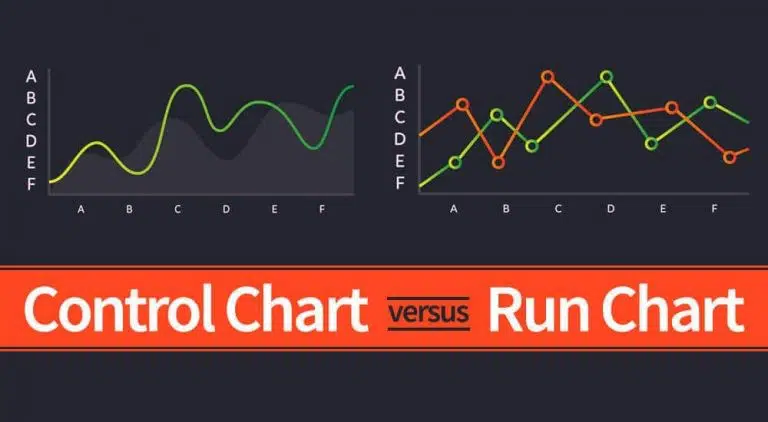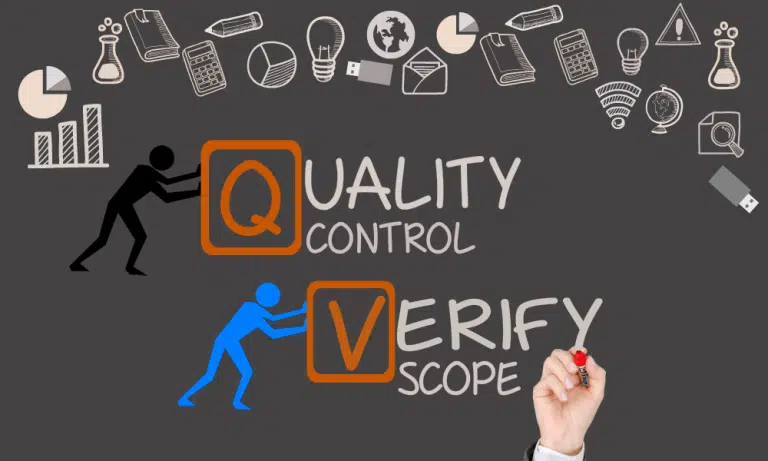Definition: Corrective action can be defined as an intentional activity that realigns the performance of the work with the approved plan.
In quality management, corrective action is a future response to the defect repair process. This forward-looking next step ensures that the error will not occur again.
For example, let’s say you find some defective components and correct them. Since you don’t want this defect to happen again, you will find the root cause of the problem and develop a solution. Going forward, you will apply this solution to your processes so the defects do not occur again.
Corrective action helps you uncover and address the root cause of the problem and stops a recurrence of the deviation.
Corrective action is a reactive process that addresses the immediate problem and prevents future issues.
Example of Corrective Action
You are manufacturing 10-meter-long rods. While inspecting, you find that some rods have different lengths.
You start investigating the root cause of this. You find that a bug in the code is causing the defective manufacturing process, so you contact the machine’s supplier and ask them to correct the code.
Technicians show up, modify the code, and now the machine produces rods of the correct length.
This is an example of corrective action. The problem was solved and won’t happen again.
Corrective Action Plan Process
A corrective action plan is a detailed step-by-step process of resolving any anticipated nonconformity.
The process for developing a corrective action plan is as follows:
- Explain the problem in detail. Mention the desired outcome and how the issue can be solved.
- Name the employee responsible for taking actions and reporting sequences.
- Develop an achievable solution with a deadline to implement it.
- Implement the solution.
- Close the case and update the lessons learned.
Corrective Action Plan Template
An example of a corrective action plan template is shown below:

Corrective Actions Vs Defect Repair and Preventive Actions
You might have heard two more quality terms apart from corrective actions: defect repair and preventive actions.
Many professionals confuse these terms.
A defect repair is modifying a nonconforming product or product component.
Here you repair or replace the defective part as required. You have to act immediately once you identify a defect. This process is performed when the product does not meet the quality requirements.
For example, you find a discrepancy in the deliverable while physically inspecting it. The deliverable is not conforming to the requirements.
If you can correct the defect, do so immediately; otherwise, replace the deliverable.
Defect repair is also called corrections or rework by industry experts.
Preventive actions ensure that the future performance of the project work is aligned with the project management plan.
In quality management, they help avoid any future defects.
Unlike defect repair and corrective action, which react to a problem, preventive action is a proactive process that prevents problems from arising.
In other words, the problem has already occurred in corrective action, and you are taking action to ensure that it does not reoccur.
In preventive action, a problem has not yet occurred, and you’re taking measures to ensure it never does.
Preventive actions help find the cause of any future defects and prevent them from occurring. They ensure that the deliverable is defect-free and ultimately save you and your project time, money, and hassles.
Summary
Corrective actions are reactive processes that help businesses improve processes, so a defect does not occur in the process, task, or product. Corrective actions are good lessons learned for others as preventive actions.

I am Mohammad Fahad Usmani, B.E. PMP, PMI-RMP. I have been blogging on project management topics since 2011. To date, thousands of professionals have passed the PMP exam using my resources.







